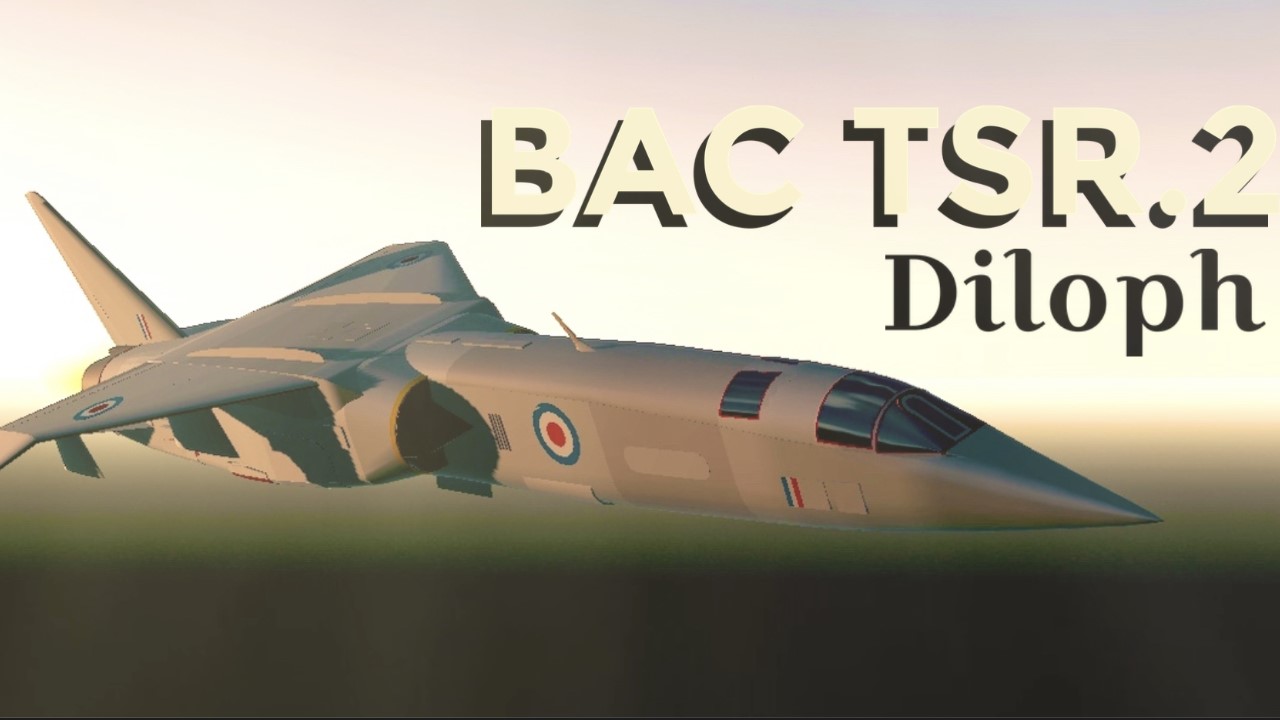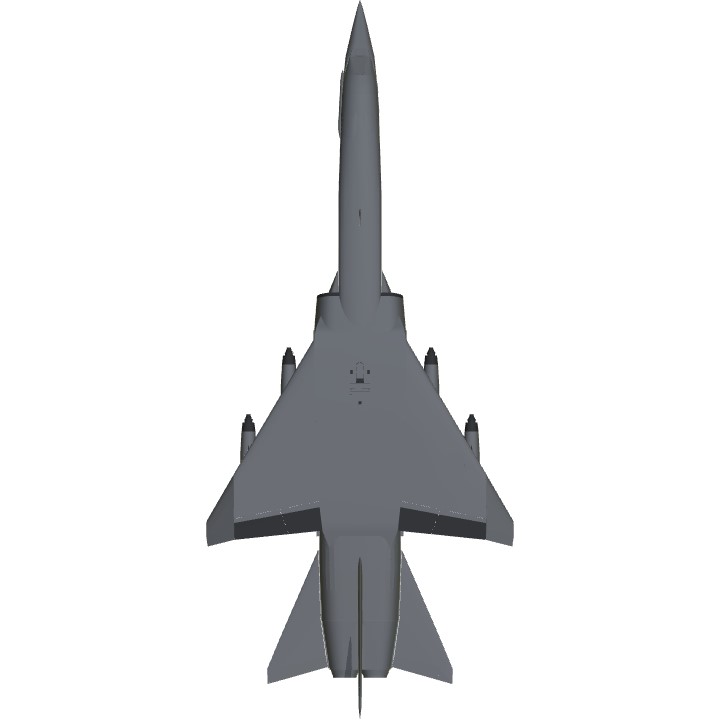Click this for the fixed one…
^^^^^ Click this link
I found the real way the ailerons work after I published… literally kinda guess due to the lack of pictures on that topic
I made a checklist, I would be surprised if I made a mess up… nvm I wouldn’t be
Welcome!
Controls
AG-1 Bombs
AG-2 nothing……
AG-3 Airbrake
AG-4 Parachute
VTOL Flaps
TRIM trim
Pictures!



Wiki
The British Aircraft Corporation TSR-2 was a cancelled Cold War strike and reconnaissance aircraft developed by the British Aircraft Corporation (BAC) for the Royal Air Force (RAF) in the late 1950s and early 1960s. The TSR-2 was designed to penetrate a well-defended forward battle area at low altitudes and very high speeds, and then attack high-value targets in the rear with nuclear or conventional weapons. Another intended combat role was to provide high-altitude, high-speed stand-off, side-looking radar and photographic imagery and signals intelligence, aerial reconnaissance. Only one airframe flew and test flights and weight-rise during design indicated that the aircraft would be unable[1] to meet its original stringent[2] design specifications.[3][4][5][N 1] The design specifications were reduced as the result of flight testing.[6]
The TSR-2 was the victim of ever-rising costs[7] and inter-service squabbling[8] over Britain's future defence needs, which together led to the controversial decision in 1965 to scrap the programme. It was decided to order an adapted version of the General Dynamics F-111 instead, but that decision was later rescinded as costs and development times increased.[9] The replacements included the Blackburn Buccaneer and McDonnell Douglas F-4 Phantom II, both of which had previously been considered and rejected early in the TSR-2 procurement process. Eventually, the smaller swing-wing Panavia Tornado was developed and adopted by a European consortium to fulfil broadly similar requirements to the TSR-2.
Diloph
-bigchunguss
Specifications
General Characteristics
- Successors 1 airplane(s) +7 bonus
- Created On iOS
- Wingspan 24.9ft (7.6m)
- Length 58.3ft (17.8m)
- Height 17.8ft (5.4m)
- Empty Weight 16,961lbs (7,693kg)
- Loaded Weight 25,398lbs (11,520kg)
Performance
- Power/Weight Ratio 6.282
- Wing Loading 69.1lbs/ft2 (337.4kg/m2)
- Wing Area 367.5ft2 (34.1m2)
- Drag Points 4834
Parts
- Number of Parts 561
- Control Surfaces 3
- Performance Cost 2,335





OooOoo@ACEPILOT109
me love this plane!
Yeee thank @MAHADI @Trainzo
Very nice build .
Amazing smoothness!
I made it work
How would I make them activate as pitch when flaps go down… any code? @BogdanX
Interesting@BogdanX
the fixed version is awesome but it doesn't take off, at all.
Nice
Lol thanks m8@TheVexedVortex
HAHAHA, fastest updoot in the WORLD >:D